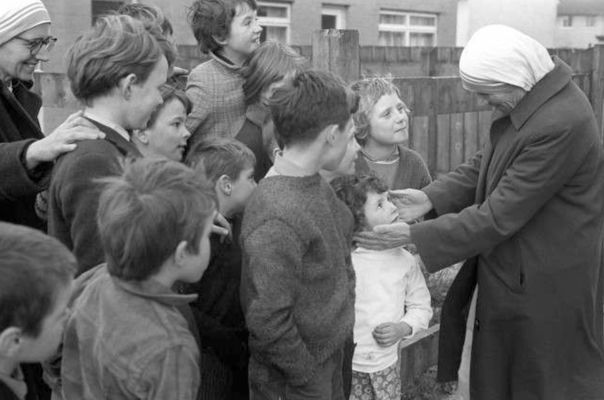ONE of the stand-out moments from last week’s violence at the Lanark Way flashpoint was the response of the local community in an attempt to show leadership and dissuade young people who were intent on rioting.
At one point residents, local political reps and community workers cleared a barricade on the Springfield Road and then formed a human chair to prevent nationalist youths from reaching the Lanark Way interface.
Looking back on the two nights of violence Seán Murray, chairman of Clonard Resident’s Association believes that the police should have been more proactive in dealing with the tensions.
Seán told the Andersonstown News: “The conflict situation is in the living memory of many people within this area.
“It is an interface area and like Ardoyne or Short Strand, any time there is a rise in communal tension this area gets it. So there is a concern this this has started again.
“The trigger was the protest. Once we knew there was going to be a protest at the interface it was inevitable what would happen. We contacted the police the night before and outlined our concerns.
“We asked them to put an operation in place as we believed that it would kick off. It did kick off and we had hundreds of mainly young people on either side.
“Firstly we mobilised our residents group and as many residents as possible to be out on the ground and to try and talk to young people.
“We were trying to say to them to let the unionists have their protest and keep out of it. We didn’t want them to get sucked into a confrontation and it obviously wasn’t successful” he added.
Seán said he worked with community leaders to try to rescue the situation. "The next night we took the decision to try and put a line across the top of Lanark Way to stop the kids getting near the peace line because the police had a line on the other side that kept loyalists away from the peace line and they should have done the same here.
“We had engaged with them and they should have been proactive and ensured a presence at this side of the police line. The community shouldn’t have had to do it.
“The community activists along with political activists and youth leaders did sterling work that night. At times it got hairy and there was almost a confrontation between the line and the young people who were intent on getting to the peace line and causing confrontation."
The veteran republican said the community stance was intended to reassure the nationalist community. “We have had some talking about moving out, especially on the night that the gates had been broken through and you had rioters coming on to the Springfield Road. Those people were afraid of their homes being attacked that night.”
COMMUNITY EFFORT
And Seán Murray had praise for those community activists who rallied to the community. “It was a very serious situation that we were dealing with and we had the support of other residents groups from across West Belfast. Without them we wouldn’t have been able to hold the line that night.
“We were trying to provide that reassurance and for example, they tried to break into the business park and we kept them out and told them to keep away from the houses.
“It was a real community effort to calm things down but we were more successful on the second night than we were on the first night.
“The police should have been more proactive initially. Although in fairness to them they did end up getting their act together. They took the ground and they held it but the community shouldn’t have had to step up to the mark.”
PLASTIC BULLETS
While the police did respond to the trouble, there have been concerns raised around their use of plastic bullets.
“I would not like to see plastic bullets fired anywhere, be that the Falls or Shankill Road. They cause death and destruction and we have seen it in our own areas over the years especially with the young people who were killed” Sean said. “They should not be used under any circumstances.
“They deployed the water cannons the following night further up the Springfield Road and they are a less lethal option but we don’t want to see water cannons or plastic bullets and we don’t want to see riots on our streets.
“The best scenario is that we talk to young people and engage with them as much as possible to try and get them to desist from such activity but obviously if people are intent on having protests at interfaces then it makes our job almost impossible.”
Loyalists called for protests to be called off after the death on Friday of Britain’s Prince Philip. Discussing the potential for a return to violence after the funeral, Sean said: “Going forward we will be continuing to monitor the situation and our concern would be that after Saturday the protests may resume. Hopefully they won’t be at interface areas. In that scenario we will have to mobilise again and engage with the police to ensure that a sufficient policing operation is put in place if required because we are used to dealing with situations like this over the years.”









